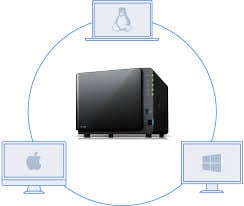this post was submitted on 28 Nov 2023
94 points (96.1% liked)
Linux
48413 readers
1206 users here now
From Wikipedia, the free encyclopedia
Linux is a family of open source Unix-like operating systems based on the Linux kernel, an operating system kernel first released on September 17, 1991 by Linus Torvalds. Linux is typically packaged in a Linux distribution (or distro for short).
Distributions include the Linux kernel and supporting system software and libraries, many of which are provided by the GNU Project. Many Linux distributions use the word "Linux" in their name, but the Free Software Foundation uses the name GNU/Linux to emphasize the importance of GNU software, causing some controversy.
Rules
- Posts must be relevant to operating systems running the Linux kernel. GNU/Linux or otherwise.
- No misinformation
- No NSFW content
- No hate speech, bigotry, etc
Related Communities
Community icon by Alpár-Etele Méder, licensed under CC BY 3.0
founded 5 years ago
MODERATORS
you are viewing a single comment's thread
view the rest of the comments
view the rest of the comments

I set up the mount points in configuration as dynamic NFS volumes and added Bookmarks to nautilus. You can get to the volume either with cd command or right-click -> terminal here. You can shut down the NAS and only lose the share, which returns when the system goes online.
This is much better than WbDAV, which is fine for simple sharing or for devices that can't handle NFS easily like Android phones.